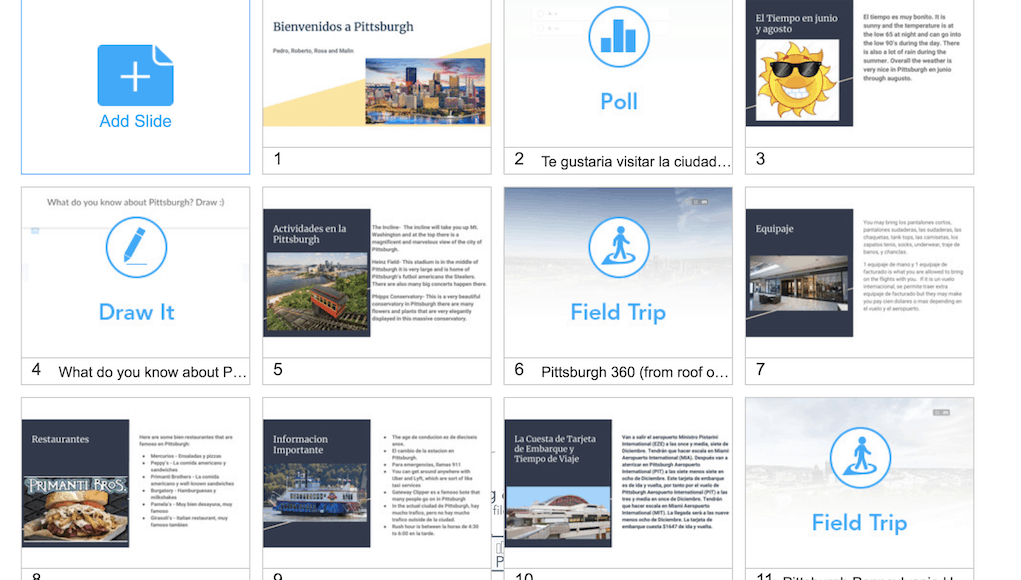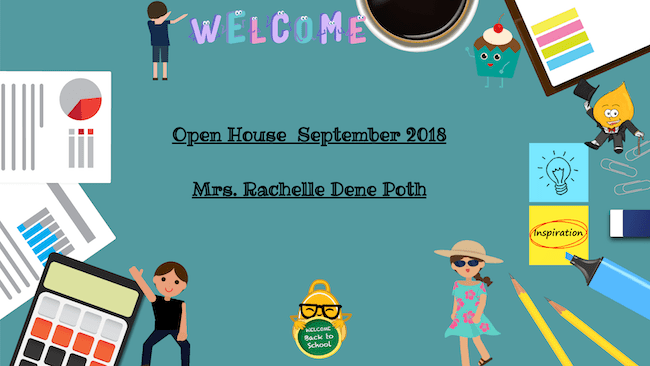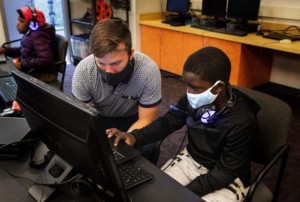Promoting a School-to-Home Community

One area that educators might reflect on over the summer is how to foster a better connection between home and school. There are so many tasks that we have to do on a daily basis and without a doubt, our primary responsibility is to provide the best learning experience and support for all of our students. Regular communication to keep parents informed about upcoming events, such as assessments and class or school activities is important. There also needs to be opportunities for sharing student work directly with parents, so that parents see and participate in the learning experiences of students. We have to strive to make that home to school connection.
Although many educators have their summers off, this represents an opportunity to use the extra time to think about and reflect on the prior school year, to look at the different tools being used to communicate and also to explore some new ideas. We always have room to grow professionally and being intentional about fostering these vital relationships is critical.
Today we have so many different ways to communicate the great things happening in our classrooms, share student work and involve families more than we ever could before in the education of their children. While all of the traditional forms of communication (phone calls, emails, or papers sent through the mail) still work and are still used, sometimes we benefit by taking the opportunity to explore different ways of connecting with our families.
Depending on your role or the grade level that you teach, there might be required forms of communication or specific times you must interact with families. But using the different tools available today, creating an access point for families to connect with teachers, to stay up-to-date with what’s happening in the schools and more importantly, to have real-time access to important information that they need when they need it is possible within seconds. Technology clearly serves a purpose when it’s used for this, and there are many benefits in trying even just one new way to make that connection stronger. Before deciding on any specific tool, it is important that we first consider any possible barriers that might limit the opportunity for families to come in to the school or to access resources when they need them. When we start with a strong and collaborative partnership created between home and school, it will positively impact student performance.
Finding the Best Ways to Connect
It is important to find something that provides quality resources, centralizes school information, and which facilitates the creation of a virtual space for students and families. Schools have many options for providing a more consistent, effective and reliable way that leads to higher family engagement and better communication between school and home.
It’s not always about the specific tool, because there is definitely no shortage of tools out there from which we can choose. Rather it’s about finding a new strategy or tool and thinking about what is now possible that otherwise might take extra time, not be accessible to all families, or has a steep learning curve.

Here are five ideas for fostering that home-to-school connection and building a community that will lead to greater success for all of our students, not just those in our classroom.
- Publish a daily blog or class reflection: Involve families and students more in what is happening in the classroom by publishing blog posts. Whether it be a daily recap or weekly summary, inform families about upcoming events, projects, assessments, and even provide helpful links for families to use to review the content material with their children.
- Careers and community connections: We know that students need to learn in authentic ways that bring in real-world learning experiences. A good way to learn about the families and to involve them more would be to invite them to share their careers or community events. Using a blog such as Kidblog, a class website, a Skype meeting or even a classroom visit, we could create a closer connection and surround students with truly unique learning opportunities. Depending on grade level or content area, this can tie into project-based or place-based learning, helping students to expand their community and global understanding.
- Communication platforms: There are a lot of tools that create that instant connection between home and school. Some options are Bloomz, ParentSquare and Remind. Each of these are easy to get started with and offer a range of features from messaging and sharing photos and files (Remind), to more extensive features including conference signups, volunteer lists, and more. Going beyond these platforms, another option is to use a tool like Buncee, to create a class syllabus, newsletter, multimedia presentation to share student work. A few years ago, I created a Buncee to send to parents who were unable to attend open house and included the important information and links as well as recorded audio to go along with it.
- The show must go on: During the school year, there are many events such as open houses, student showcases, concerts, or sporting events that often don’t match family schedules. It is important that families are able to participate in these events (in some format) so they can make that connection with school and their child. With all of the tech options available for student creation, why not have students use a tool like Synth to create a podcast to describe class and school events with a peer, or create their own personal podcast. Synth has the option to include videos and links. Another idea is to use Flipgrid to create ‘grids’ and teachers can set them up for different topics, for students or families to introduce themselves to one another, or even have a class news show.
- Virtual tours and more: Try something different and use some of the augmented and virtual reality tools available to give a tour of the classrooms, the school, or share student work; or have students create their own representation of learning to share. Using an interactive tool like Nearpod, you can include videos to show the school, virtual field trips, polls and collaborative activities. It would be an innovative way to get to know families and for them to learn about you and your class. Or try Google Tour Creator and create a tour of the school and have this resource available for new students and their families. Or something like Metaverse to create an interactive story, for something different that will highlight student creativity too.
Deciding where to start is the hard part, but there are so many options that even if you try something and it does not go as you had hoped, many other possibilities exist. Best advice, just choose one idea, gather feedback from families and parents, and decide if it is a good fit for you and your classroom needs. If not, move to the next choice on the list and share what you learned and the impact it had. The idea might not work for your specific parent/family connection, but it might be something you can use in your teaching practice.
For more, see:
- Differentiating Family Engagement
- Assume Good Intentions: Lessons for Responsive Family Engagement
- Family Playlists: A New Approach to Family Engagement
Stay in-the-know with all things EdTech and innovations in learning by signing up to receive our weekly Smart Update.





0 Comments
Leave a Comment
Your email address will not be published. All fields are required.